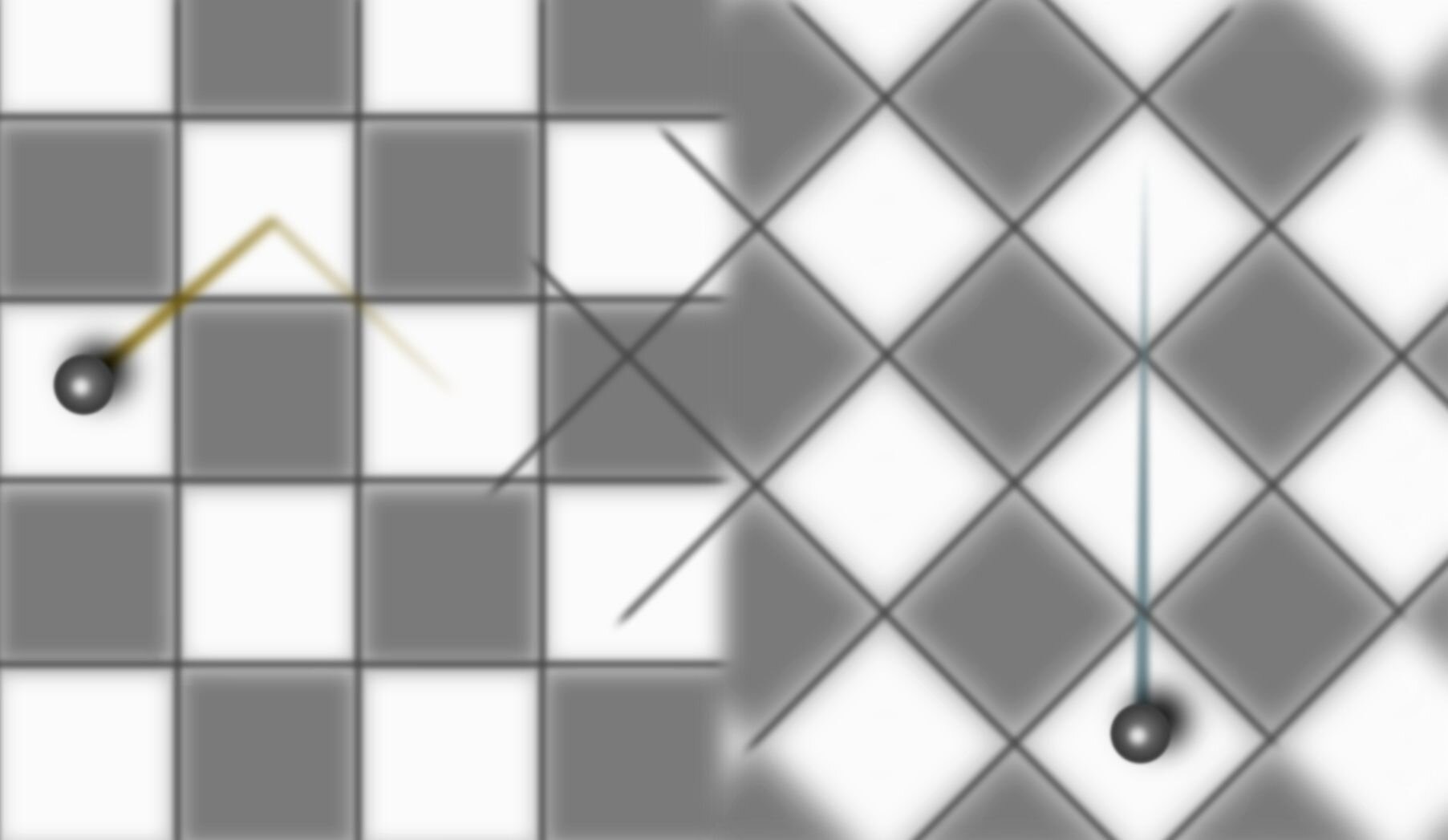Researchers at Bayreuth have discovered techniques to use magnetic patterns to control minute particles in liquids. Now, the study’s findings are available in Nature Communications under the heading “Simultaneous and independent topological control of identical microparticles in non-periodic energy landscapes.”
 Visualization of magnetic controlled colloids. Image Credit: Bayreuth University
Visualization of magnetic controlled colloids. Image Credit: Bayreuth University
In general, the transport of colloidal particles over magnetic patterns simultaneously and independently can be extremely beneficial in many scientific and technological domains to create customized materials, enhance biomedical applications, conduct laboratory experiments, or investigate basic scientific questions.
Nico C.X. Stuhlmüller, Prof. Dr. Daniel de las Heras, Farzaneh Farrokhzad, and Prof. Dr. Thomas Fischer examined the simultaneous and independent transport of identical colloidal particles—nano- to micrometer-sized particles suspended in a liquid—over magnetic patterns in this theoretical and experimental work.
External fields, such as electric and magnetic fields, are frequently utilized to move colloidal particles. Under the effect of the field, identical particles are then carried in the same direction. The researchers show how to accurately regulate the travel of a collection of identical colloidal particles concurrently and independently utilizing non-periodic energy landscapes.
Above a magnetic pattern are magnetic microparticles. Depending on the position over the pattern, the up-and down-magnetized portions are placed differently. Next, modulation loops of an external magnetic field’s orientation drive the transport. The interaction between the external magnetic field and the field generated by the pattern results in a complicated time-dependent and non-periodic energy environment.
Either the pattern or the modulation loops can concurrently represent trajectories of many identical colloidal particles that are arbitrarily complicated and customized. For example, the researchers demonstrate how the first eighteen letters of the alphabet can be written by identical colloidal particles operating under the same modulation loop.
This study has potential implications in multifunctional lab-on-a-chip technologies and provides new avenues for reconfigurable self-assembly in colloidal research beyond its fundamental appeal. One potential use of magnetic fields for precise and simultaneous targeted control of colloidal particles is the development of microfluidic devices for the movement of particles for diagnostic and laboratory purposes.
Journal Reference:
Stuhlmüller, N. C. X., et. al. (2023) Simultaneous and independent topological control of identical microparticles in non-periodic energy landscapes. Nature Communications. doi:10.1038/s41467-023-43390-0